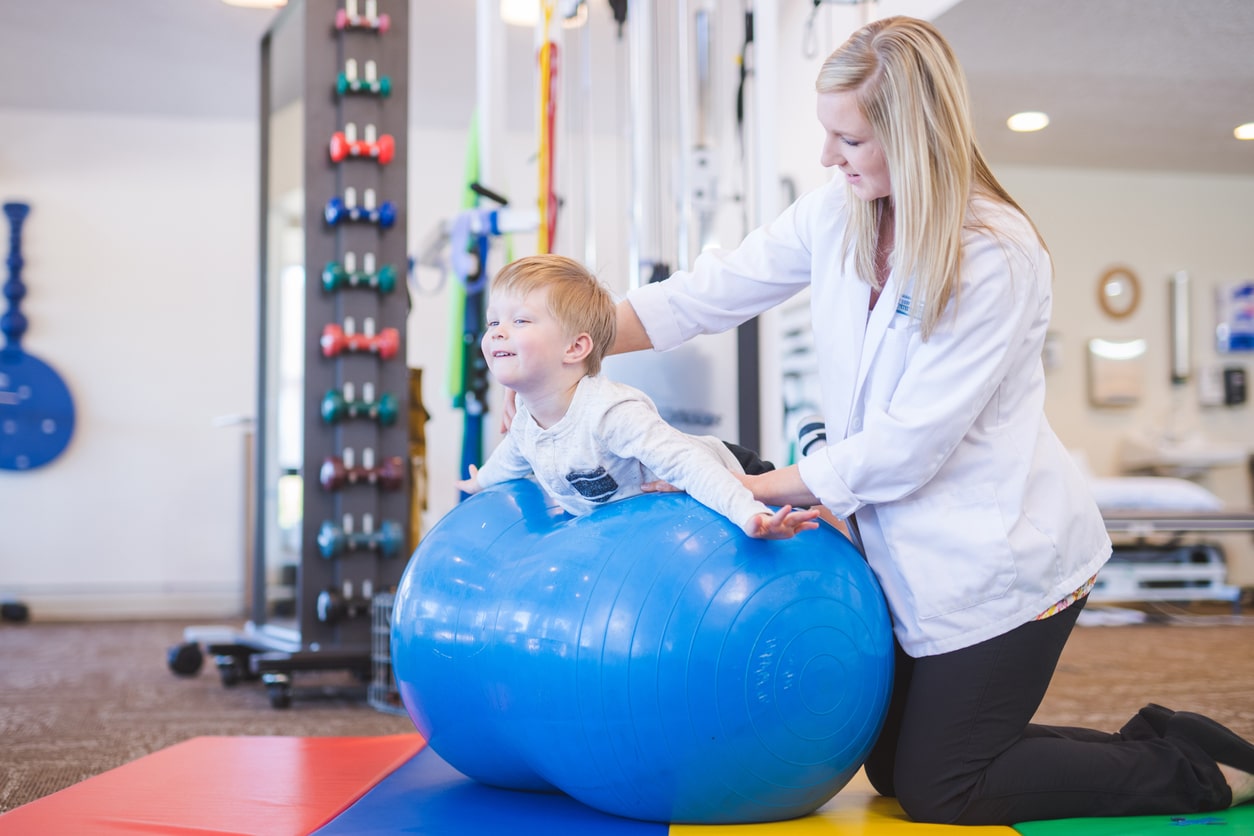Comprehending The Way Acute Traumas Alter Athletic Execution Dynamics
Wiki Article
Acute traumas are unexpected injuries that can happen during sports or physical activities. These traumas can greatly affect an athletic performance and overall wellbeing. Frequent examples of acute injuries include twists, fractures, and strains. They occur quickly and often arise from accidents, such as falls, crashes, or incorrect movements. Understanding how these injuries affect sports capabilities dynamics is important for athletes, coaches, and healthcare providers who work with them.
When an athlete suffers an sudden trauma, the immediate effects can be quite significant. Discomfort and inflammation are common indicators that can restrict movement and function. For example, a hoops athlete who twists an joint may find it painful to walk or jog. This constraint can lead to a decrease in ability, as players may struggle to perform at their usual level. Additionally, the psychological effects of an incident can also play a factor. Athletes might feel worried or apprehensive about coming back to their activity, which can further impact their ability.
Recovery from an sudden injury involves several stages, including recovery, therapy, and incremental re-entry to performance. The first emphasis is usually on controlling discomfort and inflammation. Health professionals may advise cold therapy, bandaging, and lifting to help with healing. Once the initial phase has passed, rehabilitation exercises become crucial. These activities help regain strength, elasticity, and extent of movement. Players need to adhere to a systematic recovery plan to make certain they come back to their activity without risk and efficiently.
The long-term effects of acute injuries can differ. Some players may heal fully and come back to their former performance levels, while others may face ongoing challenges. Chronic discomfort or weakness can develop if an injury is not properly treated. This situation can lead to a cycle of re-injury or compensatory injuries in other parts of the body. It is crucial for athletes to be patient during the recovery process and to work closely with healthcare providers to address any lingering issues.
In conclusion, acute injuries can dramatically alter how athletes perform in their activities. The prompt bodily and emotional effects can hinder ability and self-assurance. Rehabilitation involves attentive handling and therapy to guarantee that players can securely come back to their activities. Understanding the dynamics of acute injuries can help everyone involved in athletics—from players to trainers to healthcare staff—assist those affected and promote a safe return to athletic right here performance.
